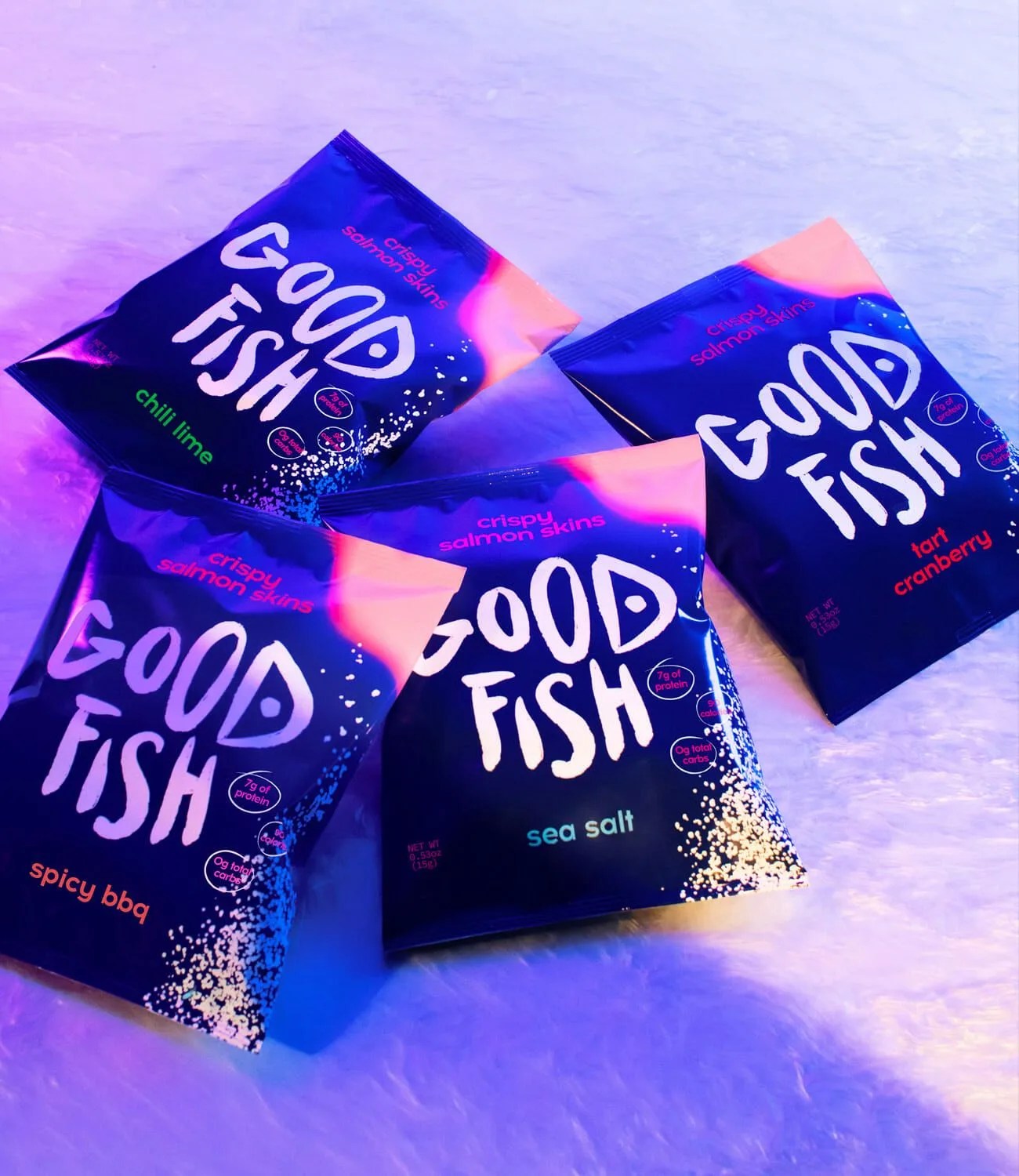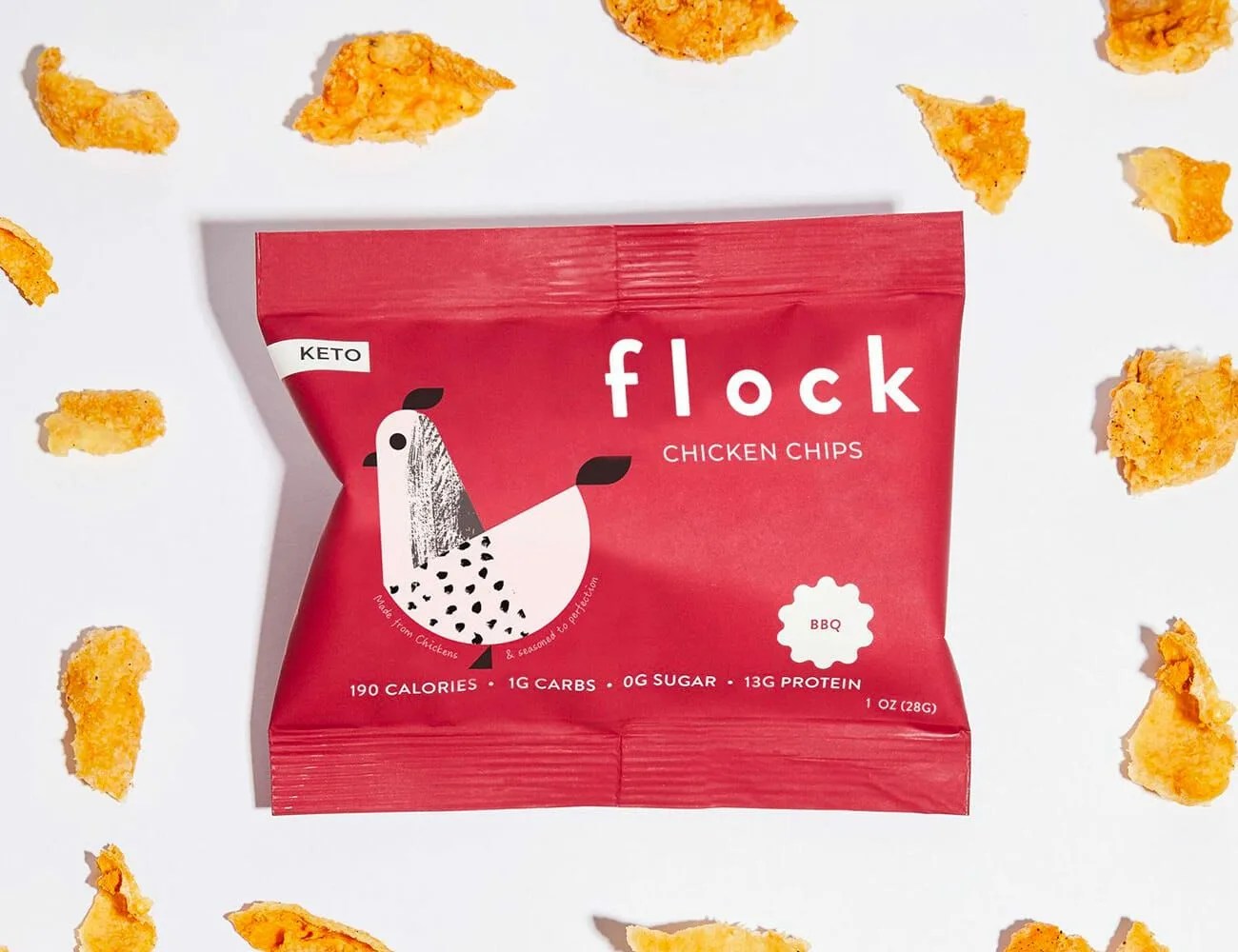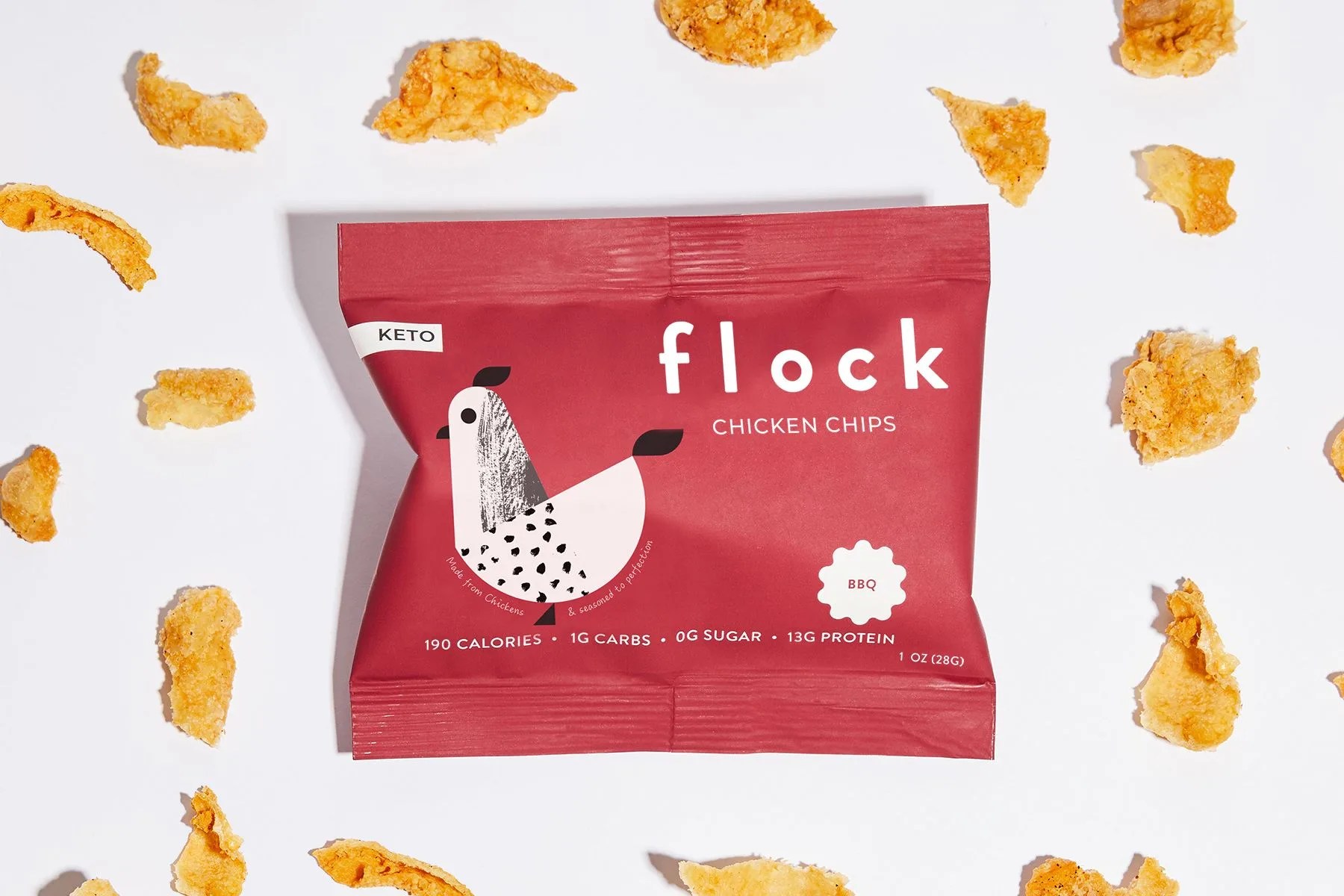In Japan, eating chicken skin on its own — grilled over charcoal and called kawa — is a common bar snack. Fried chicken skins that come in bags are as popular as American Flamin’ Hot Cheetos, too. Indonesia’s KFC has fried chicken skins that sell as well as, if not better, than French fries. In the US, however, eating chicken skin on its own hasn’t reached the same popularity. That might be changing.
A new crop of snack brands are delving into other edible animal skins, injecting new blood into a space thoroughly dominated by the humble pork rind. These brands are banking on the public becoming more conscious of the health factors of their food and where the ingredients come from. And while we’re in the thicket of the coronavirus pandemic, capitalizing on shoppers avoiding extra time spent in grocery stores.
 Goodfish
Goodfish“Launching at the beginning of the pandemic definitely changed the way we were having conversations around direct-to-consumer snacks and how we can introduce more people to healthy snacking at an accessible price,” Justin Guilbert, co-founder of Goodfish, says.
Goodfish sells fried wild Alaskan sockeye salmon skins at $3 for a 1/2-ounce pack. The skins come in flavors such as chili lime, spicy bbq and sea salt — common potato chip flavors. Unlike their potato counterparts, the “chips” contain seven grams of protein, marine collagen, omega-3 fatty acids and zero carbs. The brand sources its skins from scraps that would have otherwise been thrown away, adding a touch of sustainability to the snack.
Like Goodfish, Flock, a fried chicken skin snack from The Naked Market, markets itself as a healthy snack alternative. It’s keto-friendly, high-protein and low-carb, which may come as a surprise to those familiar with fried chicken’s rap sheet.
 Flock
Flock